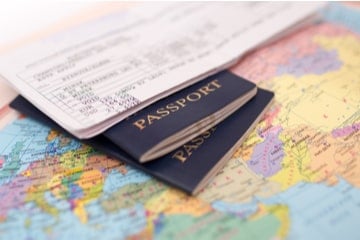Important information
All insurance products exclude cover for known events. These are global events that can put you in danger and/or disrupt travel plans. This exclusion applies if the event was declared as a 'known event' when you bought your insurance.
The Foreign, Commonwealth and Development Office (FCDO) currently advises against all all travel to western and central Mindanao and the Sulu archipelago1. It also advises against all but essential travel to the rest of Mindanao, including Camiguin Island, Dinagat Island and Siargao Island. This is because of the threat of terrorism and clashes between military and insurgent groups.
The country has a tropical climate and is prone to experiencing typhoons and other storms. They are currently in their tropical storm season, which runs from June to November.
The Philippines has 20 volcanoes currently listed as 'active'. On October 10th 2025, a magnitude 7.4 earthquake struck Mindanao and triggered a tsunami warning, which has now been lifted.
You should stay up-to-date with any extreme weather warnings, volcanic eruptions or earthquakes that could affect your travel plans. If you travel against FCDO advice, or you don't meet the Philippines' entry requirements, you may not be covered by your travel insurance policy.
1Correct as of October 2025








